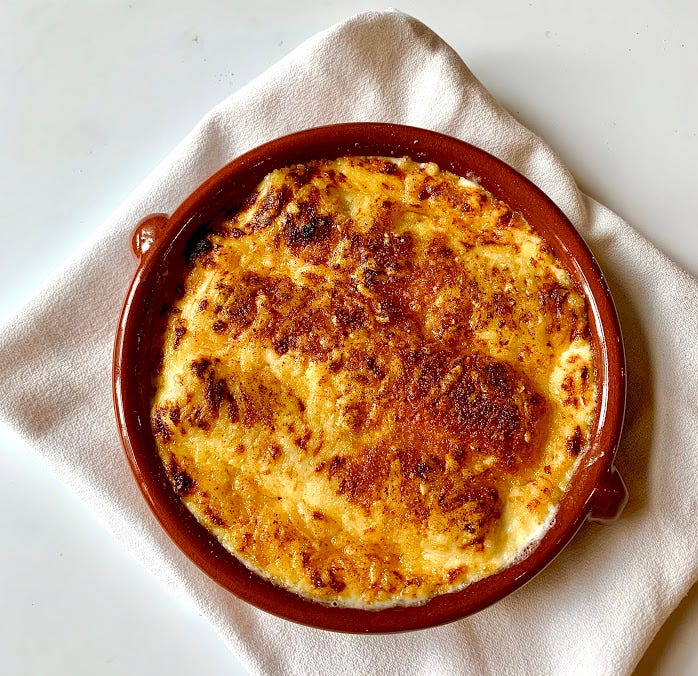What I Love To Cook For My Family The Day After Christmas
What every Catalan family is making on December 26
If you’re home on the day after Christmas and live in Catalonia, you are probably going to be eating a dish called Canelones de Esteban. No, people, I know what you are thinking. Why is José telling us about an Italian dish? Of course you know the answer…canelones, which the Italians would call cannelloni, are actually Spanish! They date back to when Catalans controlled southern Italy, Sicily, and Sardinia (where Catalan is still spoken in some parts!) You could have probably guessed that, though, since everything is actually Spanish in origin!
Canelones de Esteban is a traditional dish that Catalans make to celebrate the feast of St. Stephen, which happens on December 26…and the magical thing about it is that it uses up any and all meat leftover from the previous days' feasting! I love recipes like this, which are made for refrigerators that are full of the bits and pieces from the holidays.
Anything really works here for the filling—the key is to make sure it is finely minced or ground before stuffing the pasta. If you have a meat grinder, you can grind it very well after cooking it down with the onions, garlic, brandy, and milk…if you don’t, you can just use a good knife and a strong arm and mince the meat finely beforehand and cook it all down.
We actually serve this dish at my restaurants Jaleo and Spanish Diner, where we add chicken or duck liver, or even foie gras (this will take it to another level!), but any liver will do. Just make sure to add it at the end of cooking the meat and let the residual heat, and the baking of the filled canelones themselves, cook them through…otherwise they will be tough and rubbery.
One final note: if you are good for Christmas, maybe you will get a Spanish truffle in your stocking! If that happens, you are very lucky… nothing is more luxurious than warm canelones with fresh Spanish black truffle.
Canelones de San Esteban
Serves 6-8
Canelones Filling






